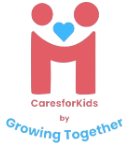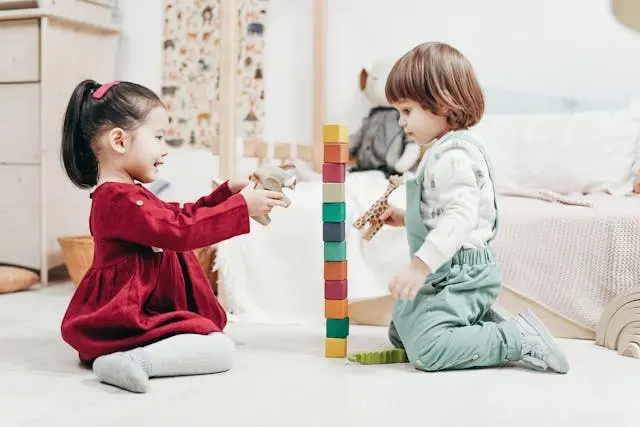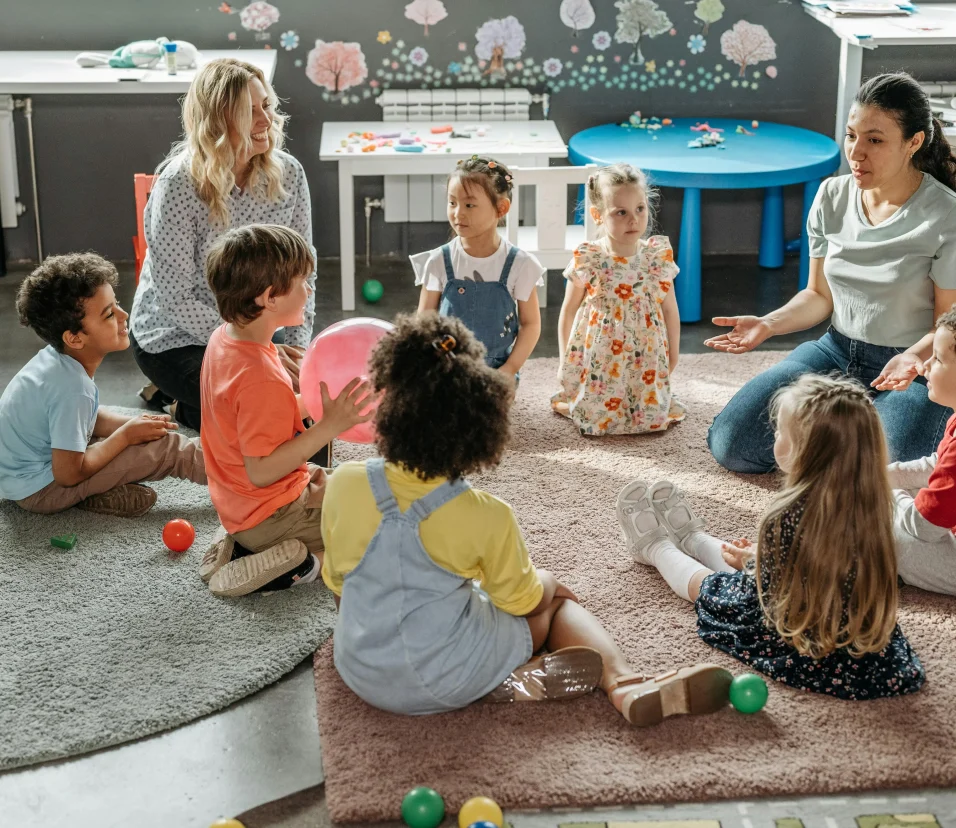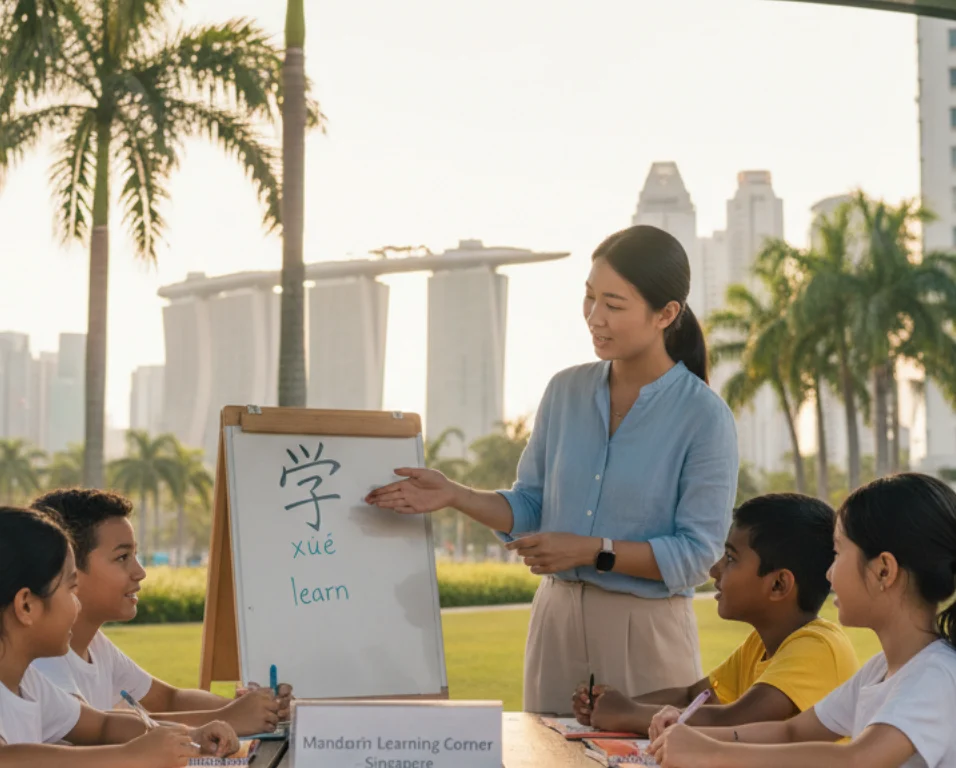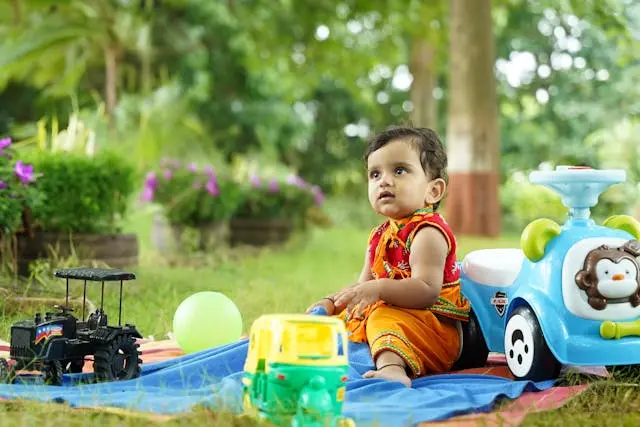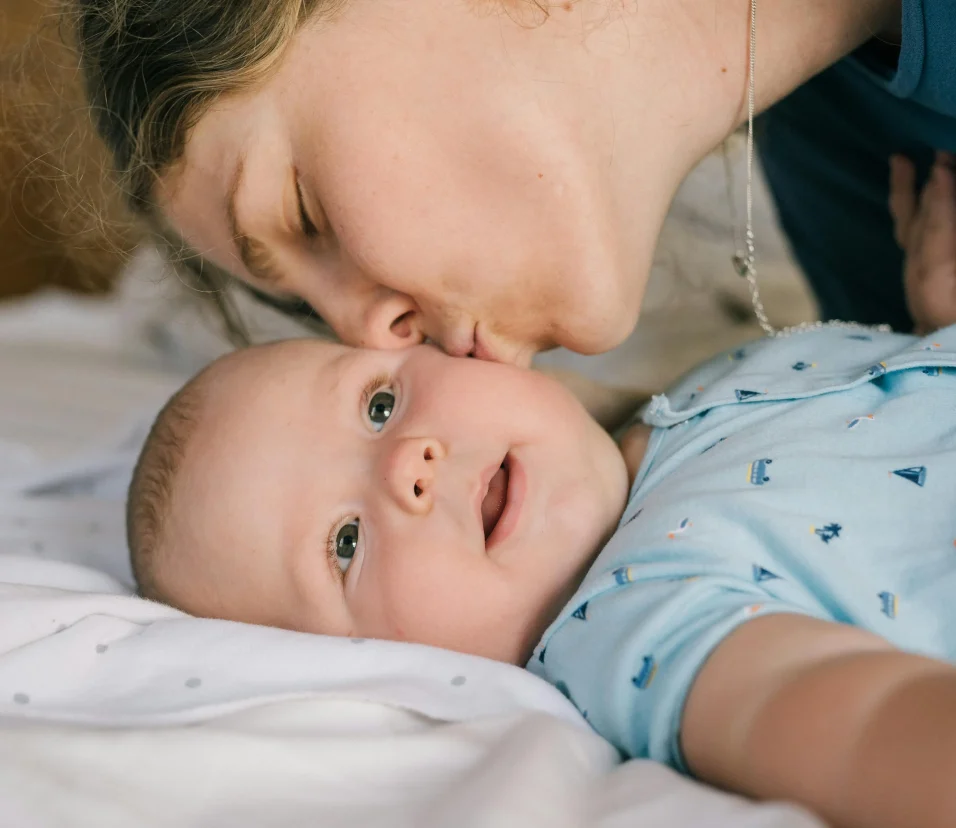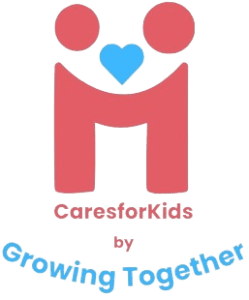Best Toy Shop for All Age Groups in Melbourne
When you look for a toy shop in Melbourne, the variety can be overwhelming. Toys are not just a source of entertainment but a very important part of a child’s development. Every age group, from a newborn baby to a teenager, has different needs and preferences regarding toys. In this article, we will discuss the best type of toys suited for each age group to help parents, caregivers, and gift-givers make an educated choice.
1. Infants’ Toys (0–12 months)
This period is the high-growth phase, and therefore the toys used in this period should ensure that senses are stimulated and infants’ motor and emotional powers are developed. Starting in the first twelve months, babies start discovering the environment through sight, sound, movement, and tactile sensation. Concentration on stimulating these areas is particularly high in the category of toymakers.
Soft Rattles and Teething Toys: These help the infant to understand cause-and-effect relationships as the soft rattles make a sound upon shaking. Teething toys offer relief for fussy baby with their painful erupting teeth and give an incentive to grasp and manipulate them.
High-contrast toys are black and white or bold primary colours that stimulate visual development, enabling babies to focus on shapes and patterns as their vision develops over the first few months. Playmats and activity gyms usually have hanging toys, mirrors, and textures that encourage babies to reach, grasp, and explore. They also promote tummy time, which is important for developing neck and upper body strength.
Soft Plush Toys: A soft plush toy or a cuddly animal will keep the infants warm and comfortable, and they will have an emotional attachment to them. These are perfect for early attachment and can become a source of security for a baby.
2. Prey Toys for Toddlers (1–3 years)
As toddlers begin to walk, talk, and undertake more complicated motor skills, these toys focus on fine and gross motor development, language, and creativity. At this period, they are curious about everything happening around them; they love to imitate things.
Building blocks and stackers are great for a toddler, as they help develop problem-solving skills, hand-eye coordination, and spatial awareness. Stackers, which involve rings or cups, aid in the early learning of shapes and sizes.
Interactive Books: Flap, textured, and button board books can facilitate the learning of language, numbers, and colours among toddlers interactively. These books encourage early reading habits and may introduce the concepts of animals, objects, and emotions.
Push-and-Pull Toys: These are excellent for any toddler learning to walk. The push toys keep balance and coordination going, and the pull toys-wheeled dogs, cats, or just plain boxes on wheels-get kids up and about, navigating through the world.
Shape Sorters and Puzzles: The shape sorters will teach the child about the different shapes and sizes while continuing to improve their fine motor movements. Simple puzzles with large pieces help cognitive development through problem-solving.
3. Toys for Preschoolers (3–5 years)
Preschoolers begin to show more imaginative play, and their toys must be aimed at creativity, social development, and independent solving of problems. Children at this age develop a better sense of self and are ready for more structured play.
Pretend play toys include kitchen sets, tool kits, doctor kits, and dress-up clothes that allow children to engage in imaginative play. These are the toys that allow children to imitate different life scenarios and practice different professions.
Art and Craft Supplies: These are crayons, markers, paints, play dough, and other creative materials that give preschoolers an avenue for self-expression through art. These toys help in developing their fine motor skills and colour recognition.
Board Games: Simple board games, such as “Candy Land” or “Chutes and Ladders,” are great ways to teach preschoolers to take turns, follow rules, and interact with others. These games help develop some cognitive skills in counting, matching, and strategy.
Musical Instruments: Preschoolers can enjoy small musical instruments like tambourines, maracas, xylophones, and drums. These toys introduce them to rhythm and sound, helping with auditory development and coordination.
4. Toys for Early School Age – 6-8 years:
During this period, children refine their skills and act more independently. Children will learn how to do things that are more complex and can engage with those kinds of toys that offer some sort of cognitive challenges.
STEM Toys: These are the best for this age group, as they help develop an interest in learning and problem-solving. Kits that teach about robotics, coding, or engineering concepts are quite engaging and educational.
Board Games and Strategy Games: These are “Clue”- or “Connect 4”-type games that extend strategic thinking, planning, and socializing abilities. It is at this age that most children begin to understand and appreciate more complicated rules and, therefore, more competitive games.
Outdoor Toys: Now that the kids are more active, outdoor toys like bicycles, scooters, jumping ropes, and sports apparatuses like footballs or basketballs are just perfect. They contribute to physical fitness, coordination, and even teamwork skills.
Building Sets: More complex building sets, such as LEGO or K’NEX, are great for developing creativity and problem-solving skills. These help in spatial awareness, dexterity, and concentration.
5. Toys for Tweens (9–12 years)
Tweens are in the transition phase of both childhood and adolescence. Their interests would include those activities that challenge their intellectual and creative faculties, with independence and identity pursuits. The toys could also range from playful ones to those of skill-building.
Advanced kits in STEM will, in addition, go a long way to foster innovation and creativity among tweens who have just begun to develop critical thinking skills. Advanced robotics, electronics, and coding kits would most definitely stir interest in technology and engineering as a career.
Creative Construction Sets: For the tweens who love building, more advanced sets allow intricate designs, such as architectural models or mechanical sets, for hours of challenging and rewarding play.
Art and Craft Kits: These are more advanced craft kits, including jewellery making, sewing, or DIY projects that offer the tween a chance for self-expression while learning. These can also be a method for them to make projects for themselves and as gifts to friends and family.
Outdoor Sports Equipment: As tweens grow to be more social, this is a great time for toys that allow group activities, such as basketball hoops, skateboards, or soccer balls. These will help them develop physical skills, teamwork, and social bonding.
6. Toys for Teens (13+ years)
Teens have simply grown out of traditional toys and have moved to seek more sophistication in activities that reflect a growing interest in technology, sports, or hobbies. However, though they may not enjoy traditional “toys,” there are still great options available to help encourage engagement, learning, and fun.
Tech Gadgets: Teens love technology, and toys that have a tech element to them, such as drones, virtual reality headsets, or 3D printers, are both fun and educational. These toys help foster an understanding of new technologies and encourage exploration.
Video Games and Consoles: One of the greatest forms of entertainment that exist among teens is playing video games. Such games encourage teamwork, strategy, and competition and provide great avenues for enhancing cognitive and social skills. Popular gaming consoles like the Nintendo Switch or PlayStation offer immersive experiences that are age-appropriate for teens.
Sports and Fitness Equipment: Since teenagers often get themselves involved in more serious physical activities, equipment concerning their favourite sports, such as tennis rackets, yoga mats, or weight training gear, would be a great option to encourage them to keep fit and healthy.
Hobbies and DIY Kits: During this stage, teens can have personal interests in a specific field such as photography, painting, or model building. DIY kits or hobby-based products will help them to go deep into those areas and learn something new.
Conclusion
When you look for a toy shop Melbourne, parents must not forget that a perfect toy will bring long-lasting changes in a child’s development. By understanding what types of toys are appropriate for each age group, parents and caregivers can make informed choices that align with the child’s developmental stage. Whether you’re shopping for an infant or a teen, there is a vast range of options available that encourage learning, creativity, and fun. You can consider the interests and developmental needs of each age group to easily make a perfect choice of toys that enrich the child’s world.
